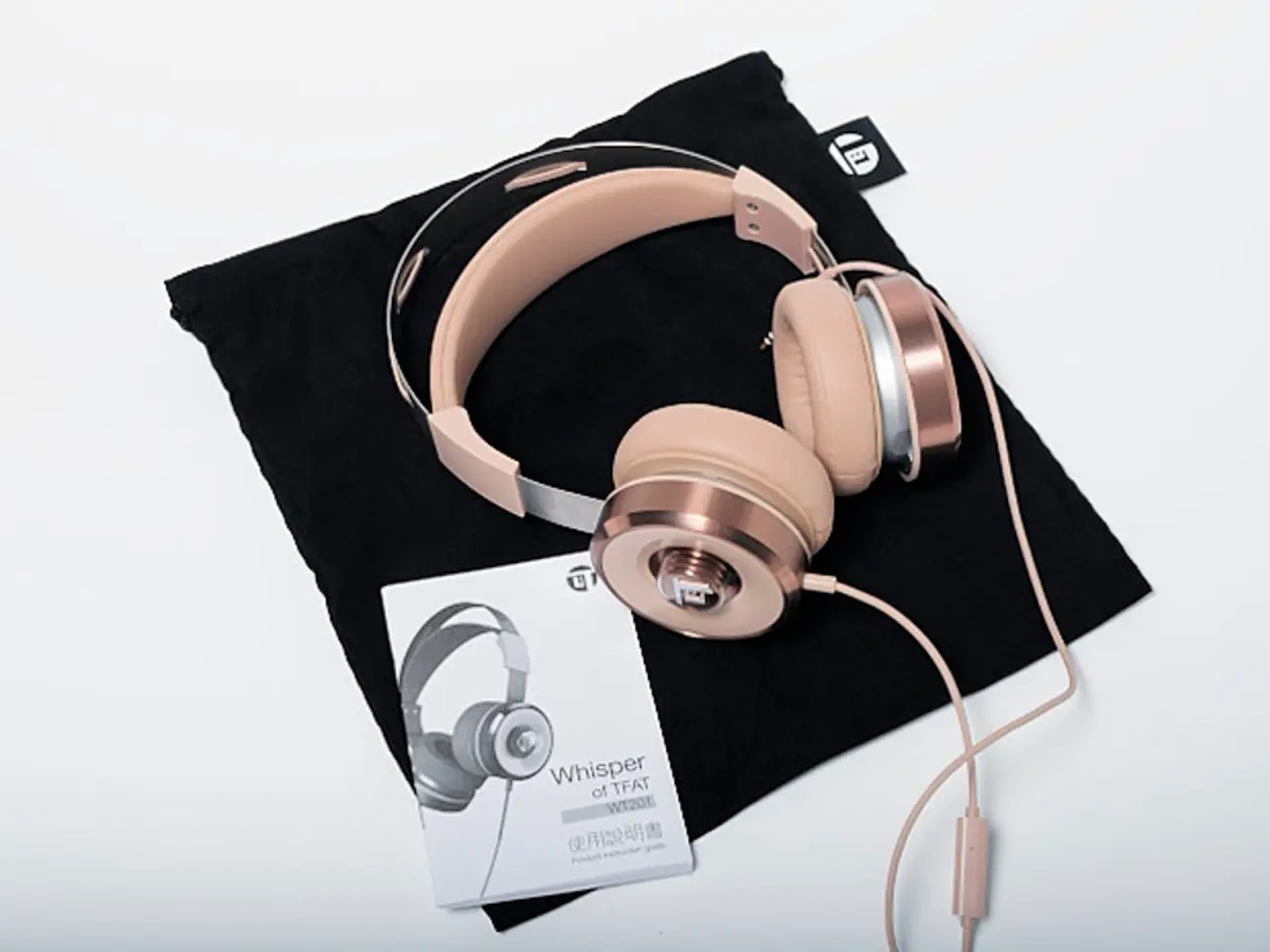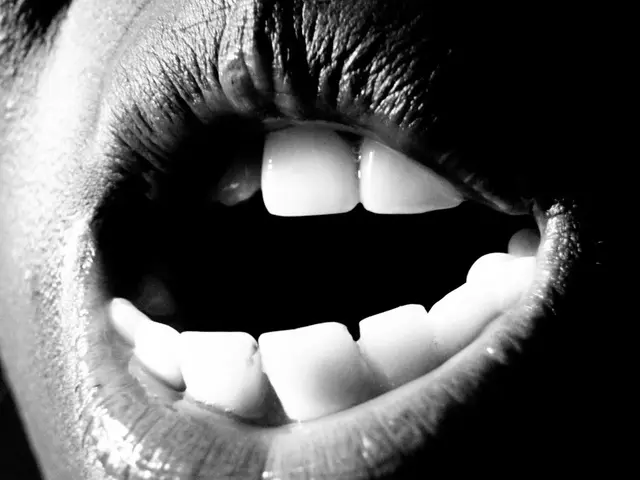Exploring Audio Intensity: Could Listening to 70 Decibels via Headphones Harm Your Ears?
The World Health Organization (WHO) recommends keeping recreational noise exposure below 85 decibels (dB) to mitigate the risk of permanent hearing loss. This threshold, set by the organization, is not a boundary, but a limit that should be respected to ensure hearing health.
Noise-canceling headphones can be beneficial in this regard. By reducing the need for higher volumes, these headphones play a crucial role in maintaining good hearing health. Over-ear headphones, in particular, provide better sound isolation, helping to minimize the need for higher volume levels.
However, it's important to note that hearing damage isn't solely caused by listening at maximum volume. Factors such as the duration of exposure and the frequency of the sounds being played can also have an impact. For example, prolonged exposure to sounds above 70 dB, even those that are noticeably audible but still within a generally acceptable range for casual listening, can lead to hearing damage or loss over time.
Experts generally recommend keeping the volume below 60 dB for extended listening sessions. The recommended maximum volume level for safe long-term headphone use is about 60% of the maximum device volume, which roughly corresponds to around 60 dB. For every increase of 3 dB in volume, the safe listening duration is halved.
Regular breaks from headphone use and monitoring listening habits can help protect your hearing. Early signs of hearing damage may include ringing in the ears (tinnitus), difficulty understanding speech, or a feeling of fullness in the ears. Recognizing these symptoms can help mitigate long-term impacts.
In-ear headphones may deliver sound closer to the ear canal, allowing for higher perceived volume even at lower levels. This can potentially increase the risk of hearing damage, making it even more important to keep the volume low and take regular breaks.
To measure sound levels, you can use a decibel meter. These are available as smartphone apps or standalone devices. Understanding the decibel scale is essential for ensuring safe listening habits. Soft sounds range from 0-30 dB, while moderate sounds, such as normal conversation (60 dB) or background music (70 dB), fall into this range.
In conclusion, by respecting the WHO's recommendations, using noise-canceling headphones, taking regular breaks, and monitoring listening habits, you can help protect your hearing and enjoy your favourite music for years to come.




